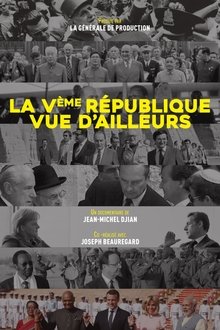The Meeting of President Taft and President Díaz at El Paso, Texas (1909)
The first meeting of a U.S. president and a Mexican president took place when William Howard Taft met Porfirio Díaz on 16 October 1909, in El Paso. The meeting was celebrated in both El Paso and Juárez with parades, elaborate receptions, lavish gifts and large crowds. Shot by the pioneers of Mexican Cinema the brothers Alva. This is a typical example of newsreel material prior to the Mexican revolution. By hemerographical references we know that this footage was presented to the then president of Mexico General Porfirio Díaz in the Castle of Chapultepec, then residence of the president.
Related Movies

We Were Soldiers (2002)
The story of the first major battle of the American phase of the Vietnam War and the soldiers on both sides that fought it.
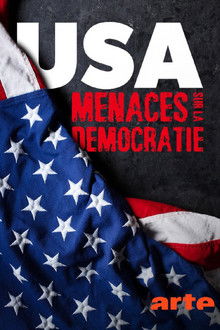
Democracy at the limit? America's uncertain future (2022)
The 2022 midterms are crucial for the second half of Joe Biden's presidency. The documentary shows the state of the political system.

Wings Over Water (1986)
Wings Over Water tells the fascinating story of naval aviation's critical role in making the U.S. a world power. Film highlights include archival footage of some of the most terrifying and intense airspace battles fought and the intriguing interviews of the veterans who took part in them. This is the story of naval aviation from its conception to the important role it played in battles fought, won, and lost, all the while examining American foreign policy, foreign relations, and long-simmering international conflict. An evocative, powerful, and informative documentary, Wings Over Water is the story behind the story: how and why America developed maritime aviation technology, what it meant to our past, and what it means to our future.

Selma (2014)
"Selma," as in Alabama, the place where segregation in the South was at its worst, leading to a march that ended in violence, forcing a famous statement by President Lyndon B. Johnson that ultimately led to the signing of the Voting Rights Act.
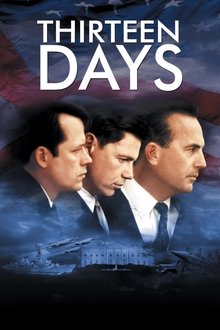
Thirteen Days (2000)
The story of the Cuban Missile Crisis in 1962—the nuclear standoff with the USSR sparked by the discovery by the Americans of missile bases established on the Soviet-allied island of Cuba.
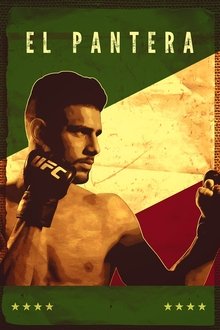
The Panther (2017)
El Pantera is a documentary film that chronicles the rise of Mexican UFC star Yair Rodriguez as he strives to become the first ever Mexican born UFC champion.
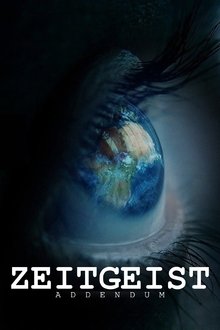
Zeitgeist: Addendum (2008)
Zeitgeist: Addendum premiered at the 5th Annual Artivist Film Festival. Director Peter Joseph stated: "The failure of our world to resolve the issues of war, poverty, and corruption, rests within a gross ignorance about what guides human behavior to begin with. It address the true source of the instability in our society, while offering the only fundamental, long-term solution."
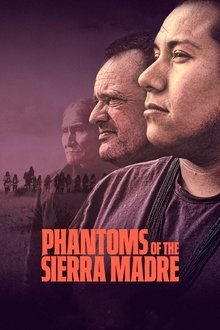
Phantoms of the Sierra Madre (2024)
A Danish writer travels to Mexico with the purpose of locating a mysterious Apache tribe that fervently seeks to remain in obscurity.

W. (2008)
The story of the eventful life of George W. Bush—his struggles and triumphs, how he found both his wife and his faith—and the critical days leading up to his decision to invade Iraq.

America's Hangar (2007)
In this exciting tour of the National Air and Space Museum- Smithsonian Networks puts you in the cockpit. From humble beginnings to the sprawling institution which has become the most visited museum in the world- the story of our struggle to leave the ground is embodied in the machines that carry us. Our HD cameras are your eyes as you view the epic achievements of the first century of flight. See famous "space race" aircraft like Sputnik and Apollo 11.
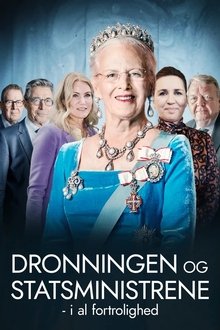
The Queen and the Prime Ministers (2024)
Danish documentary about the relationship between Queen Magrethe II and the prime ministers.

Mexico: The Royal Tour (2011)
Peter Greenberg explores Mexico with President Felipe Calderón, one of the most dynamic leaders of Latin America, for a history-making television special. Mexico: The Royal Tour goes beyond the headlines to journey deep inside Mexico and offer viewers access to extraordinary locations, landmarks and cultural experiences. It’s a fast-paced, non-stop adventure through Mexico’s iconic spots as well as experiences that aren’t found in any guidebook, but are still accessible to travelers.

The Air Force Story (2006)
The fascinating history of the U.S. Air Force comes to life via vintage footage culled from official Air Force newsreels that were created to educate the public during wartime. Formed in World War I as a tiny airborne offshoot of the Army's American Expeditionary Force, the division subsequently grew into its own armed services branch and became the largest modern air force in the world.

Viva Zapata! (1952)
The story of Mexican revolutionary Emiliano Zapata, who led a rebellion against the corrupt, oppressive dictatorship of president Porfirio Díaz in the early 20th century.

Is Paris Burning? (1966)
Near the end of World War II, Gen. Dietrich von Choltitz receives orders to burn down Paris if it becomes clear the Allies are going to invade, or if he cannot maintain control of the city. After much contemplation Choltitz decides to ignore his orders, enraging the Germans and giving hope to various resistance factions that the city will be liberated. Choltitz, along with Swedish diplomat Raoul Nordling, helps a resistance leader organize his forces.

The Marines (2007)
For longer than the United States has been an independent nation, there has been a Marine Corps. They consider themselves the very best America has to offer. Embodying fierce patriotism, extraordinary courage, and innovative weapons, they are a force. This documentary focuses on their training and examines what it means to be a Marine.

